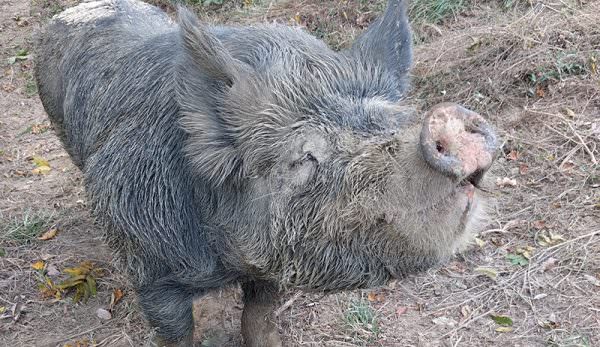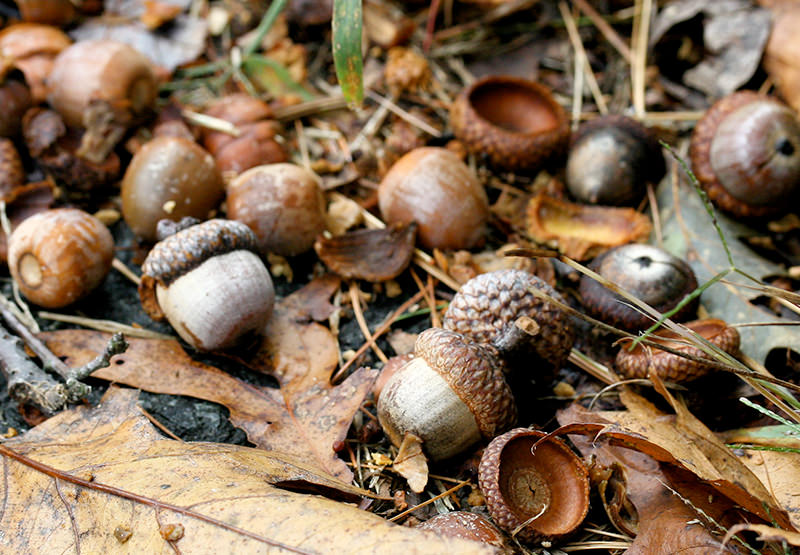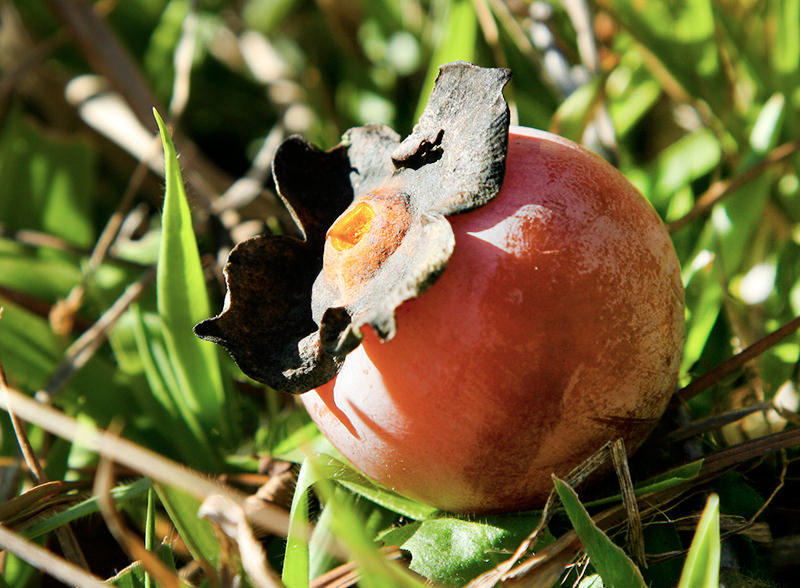
Raising pigs is easy.
Sure, hog farming is a distinct undertaking marked by a set of unique challenges—chasing and corralling escaped oinkers is definitely a common activity—but generally speaking, if you feed a herd of pigs a daily ration of corn and soy, you’re quite likely to end up with market-ready pigs, weighing somewhere between 250 and 300 pounds at or around six to eight months.
There are, of course, justifiable ways to complicate the endeavor. Pasturing is a common complexity demanding careful monitoring of open, tended land—and it requires lots of land in order to serve both pigs and soil. And then there’s silvopasturing, where pigs are let loose in forests and woodlots to forage for tasty treats, a callback to farmers of yesteryear who turned to the woods in autumn to fatten hogs on fallen goodies.
On our farm, we do a bit of all three: We hand-mix an all-natural ration, run pigs in our limited pastures and let herds roam the farm’s 12 wooded acres looking for fruits, nuts, bugs, snakes … the forest floor is a buffet for a foraging pig. And because we have so much more woods than pasture, silvopasturing is a major component of the way we raise pigs.
While we view forest treats as supplemental to the rations we provide, we’re also very happy to shave down the feed bill when our animals add pounds walking the woods. We pay special attention to what our pigs like to forage and make sure they have access to their favorite foods. Here are three of common forest forages we’ve noticed our hogs enjoying.
1. Acorns

When those farmers of yesteryear set their herds free in the woods to fatten up, oaks were the trees they most had in mind. Acorn finishing is an ancient technique for producing superior-flavored pork—perhaps you’ve heard Iberian acorn-finished ham is the most expensive, and purportedly tastiest, pork available. The fact that nature foots the feed bill should be of special interest to farmers. Because there are close to 60 species of oak trees in the U.S., and one tree can produce thousands of acorns in a year, the nut is an invaluable supplemental feed source for pig farmers watching their pennies.
“Supplemental” is the key word regarding acorns because oaks yield wildly inconsistent fruitings from year to year, making over-reliance on an abundance of acorns unwise. But pigs will gorge themselves on any acorn they can find, so it makes sense to know where the oaks are and make sure the pigs are there in autumn, too.
2. Persimmons

Pigs love persimmons. And while you may be more familiar with the big, fleshy fruit of an Asian species, the good news is that native American persimmons, which yield a smaller fruit that’s only good when fallen, are abundant in forests. It’s worth walking the woods to find the checkered-bark trunks on your land because pigs with access to the fallen fruit will map out the trees and visit them multiple times a day when they notice fruit falling. American persimmons will ripen in late fall and drop when the weather turns cold, so if you can get your pigs close to a stand of persimmons at the point you need a jacket for morning chores, do it. After reading that European farmers of old routinely finished hogs in persimmon groves, we ordered and planted a bunch of persimmon saplings around our property. In a few years, we hope to notice our pigs a bit fatter, a touch sweeter and much less expensive to raise.
3. Mulberries

While acorns and persimmons are mostly cool-weather fruits, mulberries—from the ever-bearing mulberry tree—become available in mid-summer across much of the U.S. Commonly found on the edges of forests, mulberries are a vital part of many wild creatures’ diets, and pigs given access to these areas will find the fruits, as well. Young seedlings can even be transplanted with success, and taking a permaculture-preservation approach to a tree that some regard as a nuisance plant could prove to be beneficial for the thrifty pig farmer.




